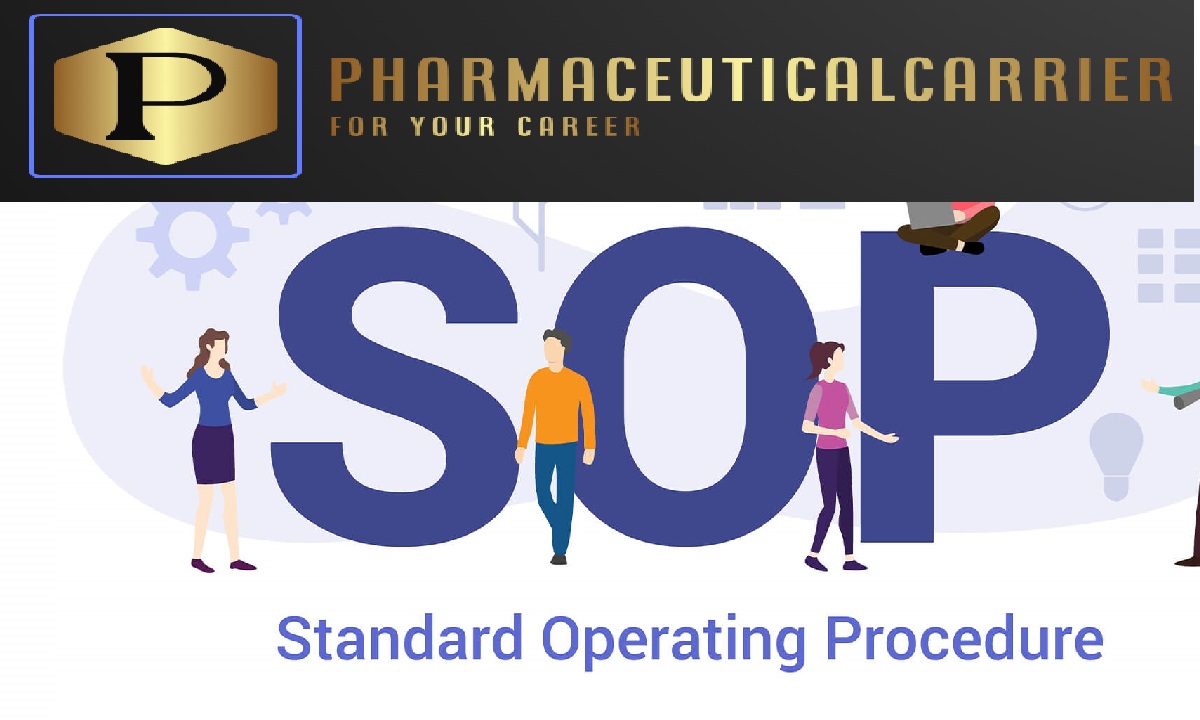1. Purpose of Handling of Spillages in the Laboratory
The purpose of this Standard Operating Procedure (SOP) for Handling of Spillages in the Laboratory is to establish guidelines for the safe and effective handling of spillages in the laboratory environment within [Company Name]. This procedure ensures the protection of personnel, the environment, and laboratory integrity.
2. Scope of Handling of Spillages in the Laboratory
This SOP for Handling of Spillages in the Laboratory applies to all laboratory personnel working within [Company Name] and encompasses procedures for the identification, reporting, and safe cleanup of spillages, including chemical, biological, and hazardous material spills.
3. Definitions involved in Handling of Spillages in the Laboratory
3.1 Spillage:
Any accidental release of a substance, including chemicals, biological materials, or hazardous substances, onto laboratory surfaces.
3.2 Chemical Spillage:
An accidental release of chemical substances.
3.3 Biological Spillage:
An accidental release of biological materials, such as cultures, pathogens, or genetically modified organisms (GMOs).
3.4 Hazardous Material Spillage:
An accidental release of substances classified as hazardous materials, including but not limited to toxic, corrosive, or flammable materials.
4. Responsibilities
4.1. Laboratory Personnel
4.1.1 Recognize and immediately report spillages to the laboratory supervisor or designated safety officer.
4.1.2 Follow spill response procedures outlined in this SOP to ensure safety.
4.2. Laboratory Supervisor/Safety Officer
4.2.1 Ensure that laboratory personnel are trained in spill response procedures.
4.2.2 Oversee the availability and accessibility of spill response kits and materials.
5. Spillage Identification and Reporting
5.1. Identification
5.1.1 Immediately recognize and confirm the nature of the spillage.
5.1.2 Determine the size and severity of the spillage.
5.2. Reporting
5.2.1 Notify the laboratory supervisor or safety officer about the spillage.
5.2.2 Provide details about the spill’s location, nature, size, and any hazards involved.
6. Spillage Response
6.1. Initial Steps
6.1.1 Evacuate the spill area if the spill involves hazardous materials or poses immediate danger.
6.1.2 If safe, contain the spill by using absorbent materials or barriers to prevent its spread.
6.2. Chemical Spillages
6.2.1 Refer to chemical safety data sheets (SDS) to identify the spilled substance’s hazards and recommended response measures.
6.2.2 Wear appropriate personal protective equipment (PPE) when cleaning chemical spills.
6.3. Biological Spillages
6.3.1 Isolate the area and inform personnel working with biological materials.
6.3.2 Follow established laboratory biosafety procedures for biological spill response.
6.4. Hazardous Material Spillages
6.4.1 Evacuate the spill area and notify emergency services if the spill involves extremely hazardous materials.
6.4.2 Follow specific procedures for hazardous material spills as outlined in the Chemical Hygiene Plan and Emergency Response Plan.
7. Spillage Cleanup and Decontamination
7.1. Cleanup
7.1.1 Use appropriate spill kits, absorbents, and tools to clean the spill safely.
7.1.2 Double-bag and label waste generated during cleanup for proper disposal.
7.2. Decontamination
7.2.1 Decontaminate all surfaces and equipment affected by the spillage.
7.2.2 Verify the effectiveness of decontamination procedures through testing, as applicable.
8. Documentation and Reporting
8.1. Records
8.1.1 Maintain records of spillage incidents, including details of the spill, response actions, and cleanup procedures.
8.2. Reporting
8.2.1 Report the spillage, response, and cleanup to relevant regulatory authorities if required.
For more articles, Kindly Click here.
For pharmaceutical jobs, follow us on LinkedIn
For Editable SOPs in word format contact us on info@pharmaceuticalcarrier.com
For more information kindly follow us on pharmaguidelines.co.uk
Pharmacareer team is a team of Experts from every department of Pharmaceutical industry having enriched experience. Experts have work experience of many multinational pharmaceutical industries worldwide.


